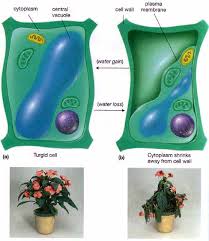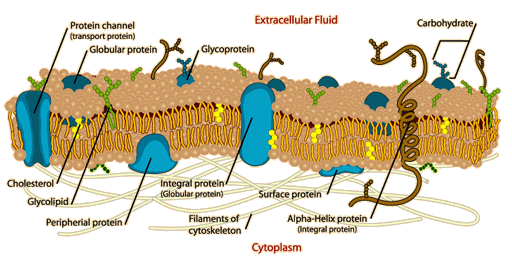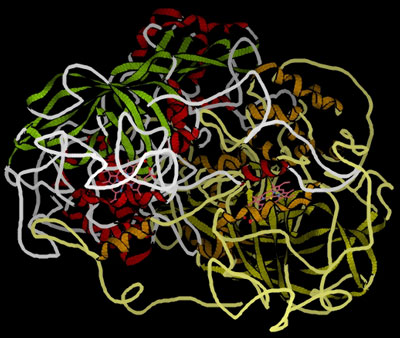E) Other processes that move substances through the cell membrane.
1. Facilitated diffusion- Carrier protein will bond to a molecule that would normally not be able to pass through the membrane. The act of bonding facilitates its transport across the membrane. Goes with the force of diffusion, because of this, it is passive.

2. Coupled Transport- One molecule moves with its concentration gradient through a protein called a transport channel and this "force" will move another molecule into the cell against its concentration gradient.
Example: Insulin and Glucose.
3. Endocytosis- When the cell engulfs materials and moves them into a cell in a vacuole or vesicle.
a) Phagocytosis- Surrounding and engulfing particulate material and digesting it.
b) Pinocytosis- Same as Phagocytosis but the material is a liquid.
c) Receptor Mediated Endocytosis- Particles bond to specific receptor sites in a pit on the cells surface and this initiates the formation if a vesicle that moves into the cell.
4. Exocytosis- Materials moving out of the cell enclosed in a vacuole or vesicle.

















 The water breaks the bonds in Sucrose
The water breaks the bonds in Sucrose